Game Classification
Kagaku Ninjatai Gacchaman Family Soft Co., Family Soft Co., 1994
Classification
VIDEO GAMEKeywords
Purpose
Besides play, this title features the following intents:- Licensed title
Market
This title is used by the following domains:- Entertainment
Audience
This title targets the following audience:Age : 12 to 16 years old / 17 to 25 years old
General Public
Gameplay
The gameplay of this title is Game-based(designed with stated goals)
The core of gameplay is defined by the rules below:
Similar games
 The game is based on the anime Science Ninja Team Gatchaman (also known under differently translated titles Battle of the Planets and G-Force). Set in the future, it describes the adventures of a team of five young superheroes under the command of Dr. Nambu, the head of the International Science Organization, whose goal is to fight evil aliens known as the Galactor. Led by the mysterious Berg Kattse and aided by a robotic construct known as the Turtle King, the Galactor are trying to steal uranium in order to create more machines and conquer the world. The Ninja Team is lead by Ken Washio and includes three other boys and one girl.
The game is based on the anime Science Ninja Team Gatchaman (also known under differently translated titles Battle of the Planets and G-Force). Set in the future, it describes the adventures of a team of five young superheroes under the command of Dr. Nambu, the head of the International Science Organization, whose goal is to fight evil aliens known as the Galactor. Led by the mysterious Berg Kattse and aided by a robotic construct known as the Turtle King, the Galactor are trying to steal uranium in order to create more machines and conquer the world. The Ninja Team is lead by Ken Washio and includes three other boys and one girl.
The game is mainly a Japanese-style adventure with simple turn-based battles with isometric perspective thrown in. There is no RPG system or character growth of any kind. All the battles are pre-set and dictated by the plot. There is no movement on the battle screen. Typically, the party of five heroes must fight several waves of enemies. The heroes have different parameters, but use the same techniques. Special attacks require Special Points (SP), which are gradually restored as the battle progresses. In the beginning of any battle, the player has to choose one of the characters and can only control him/her; it is possible to switch to another character only if the first one dies. There are also battles in vehicles, unique for each character; however, they follow the exact same pattern. Most of the game is spent repeatedly clicking on the characters' portraits in different order to advance the dialogue. There are some "Yes/No" decisions, but in many cases the game will only "agree" with whatever decision advances the plot. During a few segments, it is also possible to interact with the environment through a typical Japanese command menu ("Look", "Move", etc.). [source:mobygames]
Distribution : Retail - Commercial
Platform(s) : NEC PC-9801
 Français
Français English
English






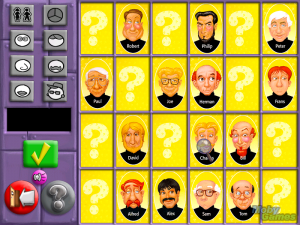

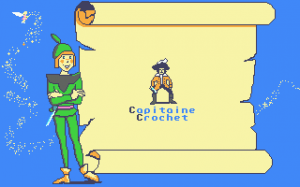

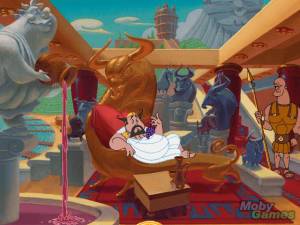
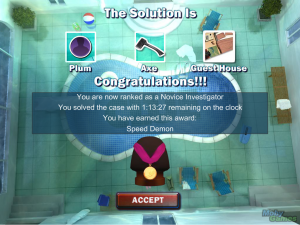
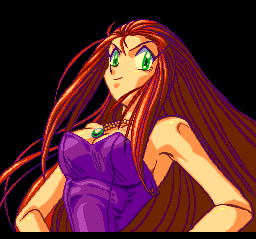
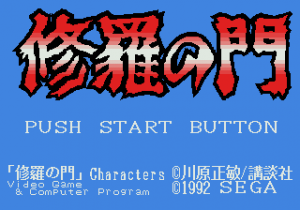
.png)